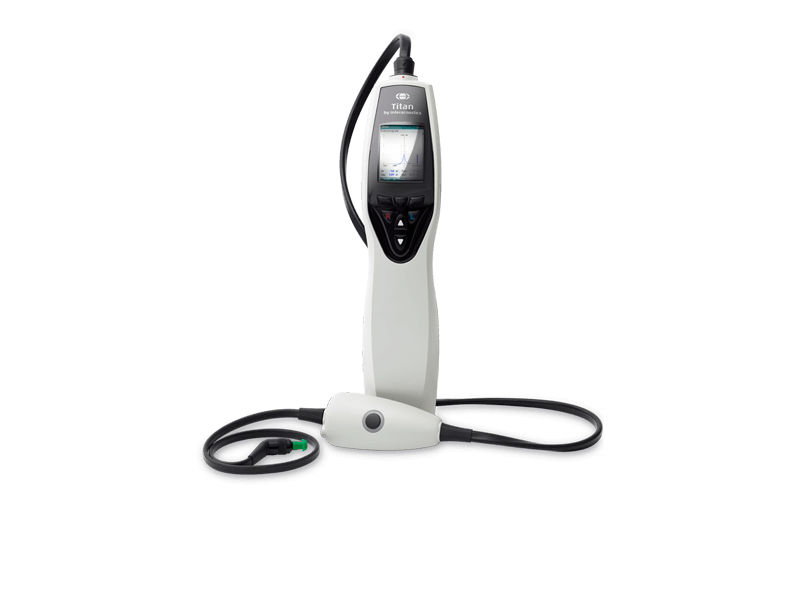How to Identify Otosclerosis
About the author
The information presented here is based on clinical examples as well as modeled patterns. Text and accompanying absorbance sketch is authored by Navid Shahnaz, PhD, Aud, Associate Professor of Audiology in the School of Audiology & Speech Sciences at the University of British Columbia (UBC).
Caveats
Unless the Absorbance is evaluated at tympanometric peak pressure, any positive or negative middle ear pressure will influence the absorbance characteristics and obscure a direct interpretation.
It should be noted, that recordings on ears with negative middle ear pressure will vary between patients – the shown Absorbance pattern is a sketched example only.
Absorbance characteristics to look for
The Absorbance at lower frequencies (lower than 1-2 kHz) reduces as the fixation increases. Total fixation does not, however, bring the Absorbance down to a flat line to the same degree as middle ear pressure or fluid in the middle ear tends to do.
Frequencies higher than 1-2 kHz are typically not much affected.

Sketched example
Consequences of probe fit
All Absorbance measures need to have a good probe fit to be reliable. Evaluating Absorbance as provided by the 3D Tympanometry test ensures that a reasonably air tight probe seal was accomplished, as the air pressure sweep would not have been performed otherwise. In addition to an air tight probe seal, a deeper rather than a shallower probe insertion ensures the most accurate Absorbance measures. Shallow insertions tend to provide more elevated Absorbance readings at lower frequencies. This is somewhat similar to normal Tympanometry measures that are also influenced by probe fit and probe insertion depth.
Suggested reading
Effects of Middle-Ear Disorders on Power Reflectance Measured in Cadaveric Ear Canals, Voss, Susan E., Merchant, Gabrielle R.,Horton, Nicholas J., Ear & Hearing. 33(2):195-208, March/April 2012.
Acoustic Immittance Measures, Basic and Advanced Practice, 2013, Lisa Hunter, Phd, FAAA, Navid Shahnaz, PhD, Aud. (C), Plural Publishing. ISBN10: 1-59756-437-0, ISBN13: 978-1-59756-437-3.

